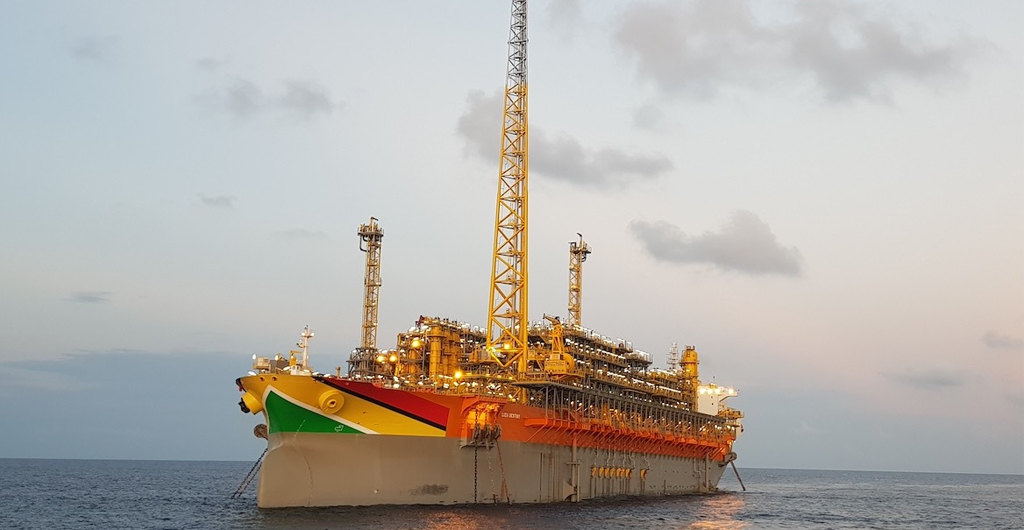
“Guyana’s economic transformation is advancing at a strong pace,” an International Monetary Fund (IMF) team said in its preliminary report on the conclusion of the 2025 Article IV Mission.
That growth has been linked to the country’s rapidly expanding Oil and Gas Sector, and advancements made in the non-oil sector.
“Rapidly expanding oil production, strong non-oil output, and large-scale public infrastructure investment supported the highest real GDP growth rate in the world, at a recorded average of 47 percent in 2022–24,” the IMF team said.
According to the report, the non-oil economy continues to reflect a solid broad-based performance across sectors, especially construction and services.
It is estimated that the country’s Gross Domestic Product (GDP) will grow by about 10¼ percent, while the non-oil economy will grow by 13 percent in 2025.
However, inflation is expected to edge up to around 4 percent by end-2025 from close to 3 percent in end-2024.
The country’s deficit at the level of the budget is expected to narrow down to about 5% or below in 2025.
“Following a strong fiscal impulse in 2024, the budget deficit is expected to narrow from 7.3 percent of GDP to just below 5 percent of GDP in 2025, as higher oil revenues more than offset the projected increase in spending. The large current account surplus of 24½ percent of GDP in 2024 is projected to moderate to about 9 percent of GDP in 2025 reflecting the imports of the fourth oil Floating Production Storage and Offloading (FPSO) vessel,” the team explained.

The IMF team also reported that the country’s medium-term economic outlook remains highly favorable with balanced risks.
It is projected that the economy, on average, will grow by 14 percent annually for the next five years. This growth, the IMF Team reported, will be driven by robust oil production amid a growing share of the non-oil sector.
The non-oil GDP is projected to expand on average by about 6¾ percent per year.
Addressing the issue of risk, the IMF team reported that on the upside, further oil discoveries and productivity-enhancing investments, including to strengthen energy resilience would further bolster Guyana’s economic prospects, however, on the downside, risks could stem from overheating pressures which, if not contained, could lead to higher inflation and real exchange rate appreciation beyond the level consistent with a balanced expansion of the economy.
It said too that commodity price volatility, in a highly uncertain global environment, and climate shocks could also adversely affect inflation and alter the macroeconomic outlook.
The team, in its preliminary report, urged the Guyanese authorities to maintain macroeconomic stability, ensure fiscal sustainability, and foster inclusive growth.

It said social transfer policies implemented in recent years have increased disposable income and reduced the poverty rate.
The report also noted that while there are no clear signs of overheating at this time, it is essential to enhance the close monitoring of macroeconomic developments, and to proactively respond through tighter policies to ensure that the economy avoids overheating and remains on a balanced expansion path.
Further, it recommended additional targeted social transfers. Such a move, it said could further support inclusive growth and help Guyana advance faster toward its sustainable development goal (SDG) of no poverty.
The mission was conducted between February 2024 and March 7, 2025, and was based on consultations with government officials, including the Vice President, Bharrat Jagdeo and Finance Minister, Dr Ashni Singh, the Governor of the Bank of Guyana, Dr Gobin Ganga, trade unionists, and representatives from the Private Sector and the Commercial Banks, along with other groups.













You must be logged in to post a comment Login